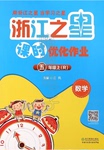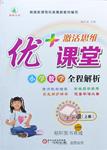题目内容
If you live in the country or have ever visited there, ______ are that you have heard birds singing to welcome the new day.
A. situations B. facts
C. possibilities D. Chances
练习册系列答案
 浙江之星课时优化作业系列答案
浙江之星课时优化作业系列答案 激活思维优加课堂系列答案
激活思维优加课堂系列答案
相关题目
题目内容
If you live in the country or have ever visited there, ______ are that you have heard birds singing to welcome the new day.
A. situations B. facts
C. possibilities D. Chances
 浙江之星课时优化作业系列答案
浙江之星课时优化作业系列答案 激活思维优加课堂系列答案
激活思维优加课堂系列答案